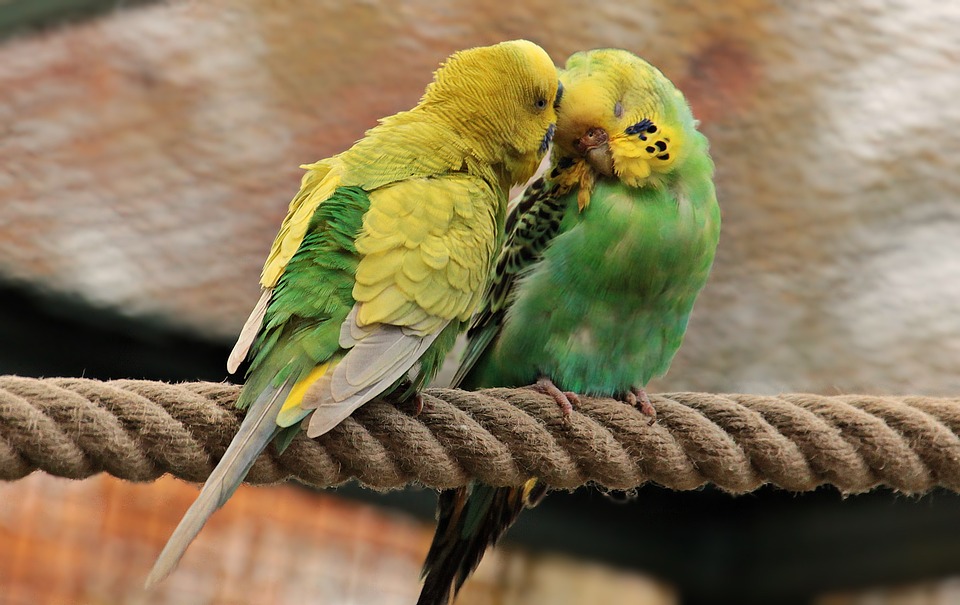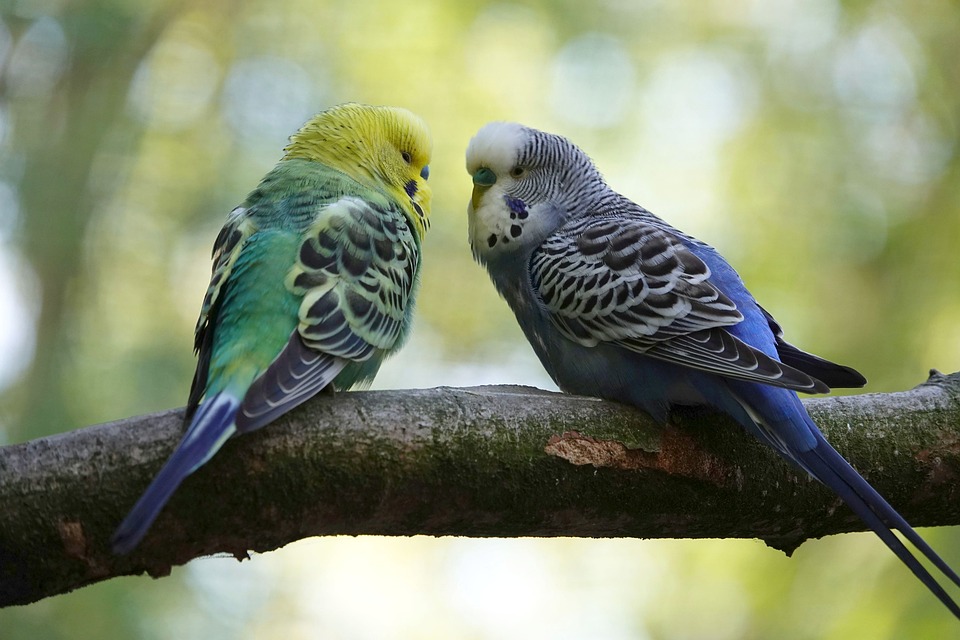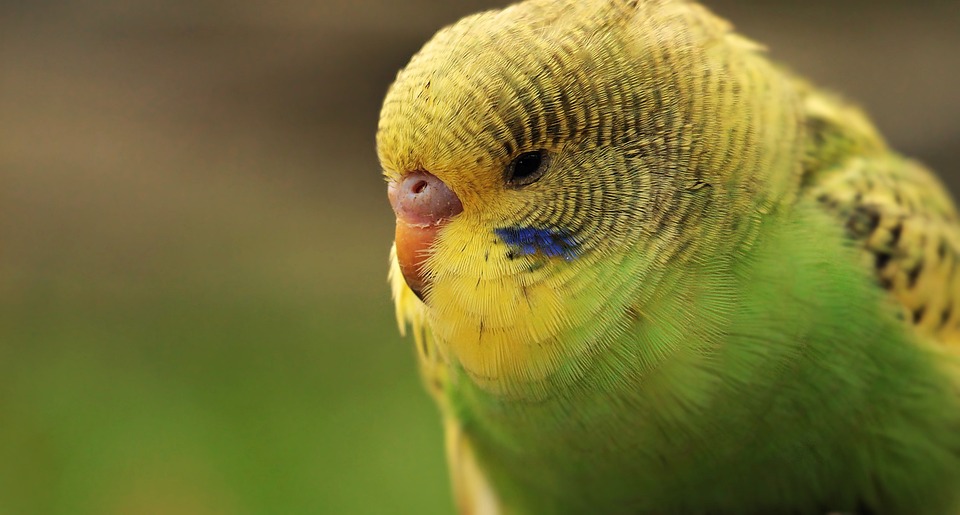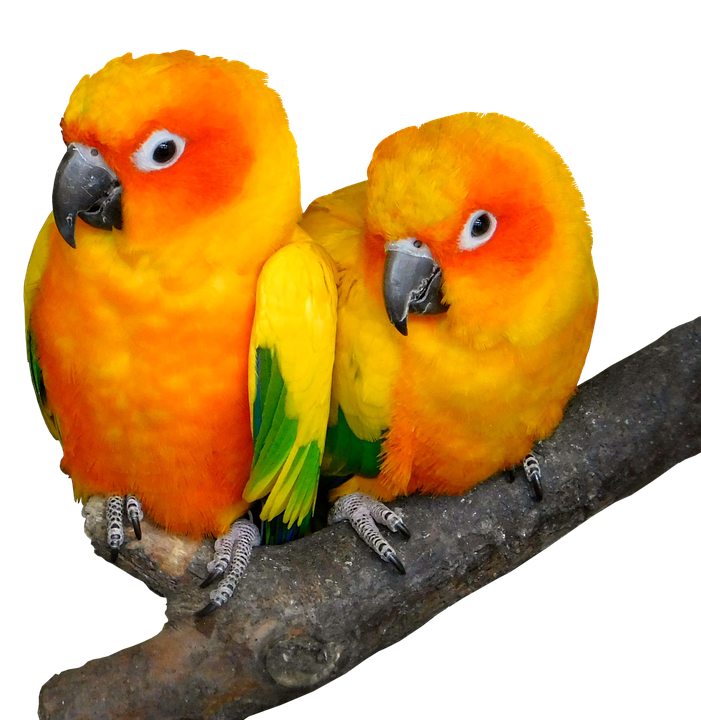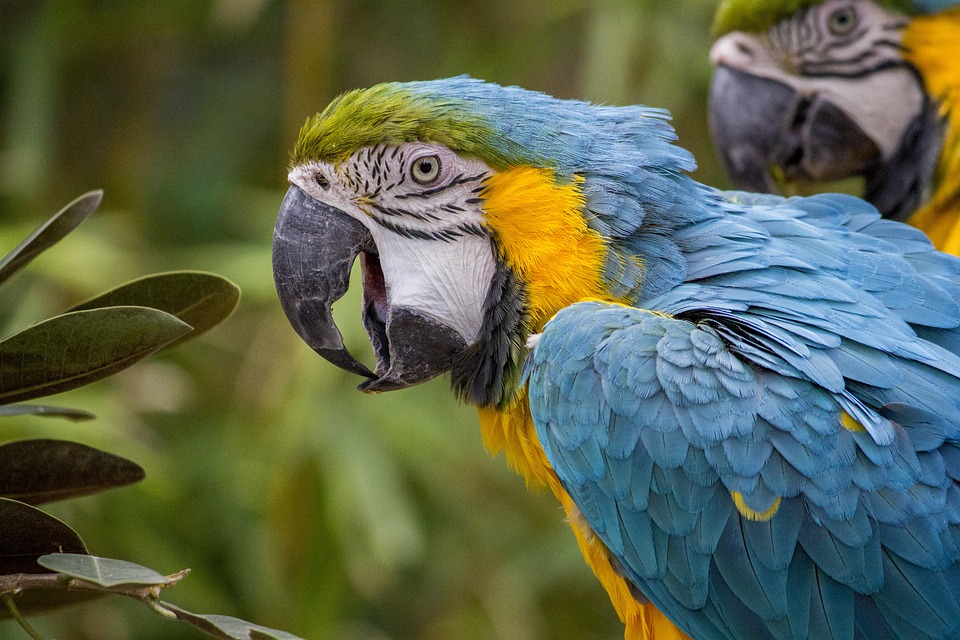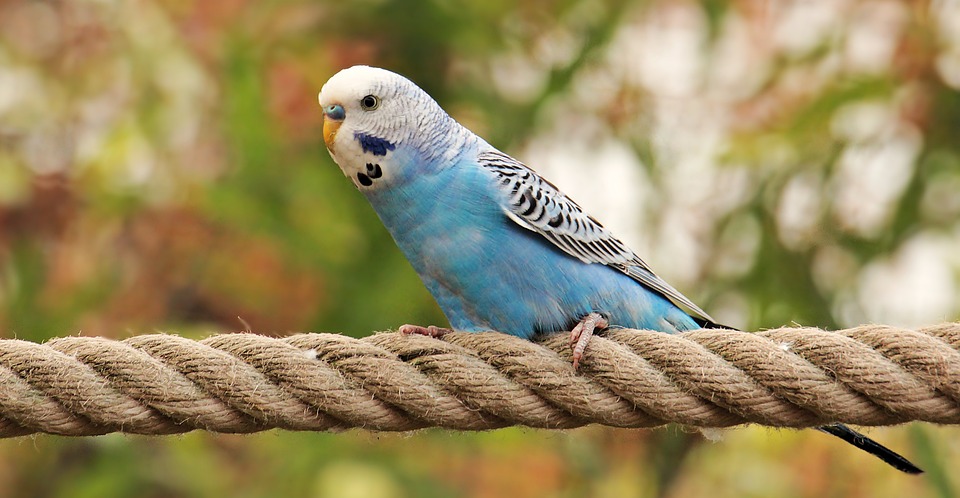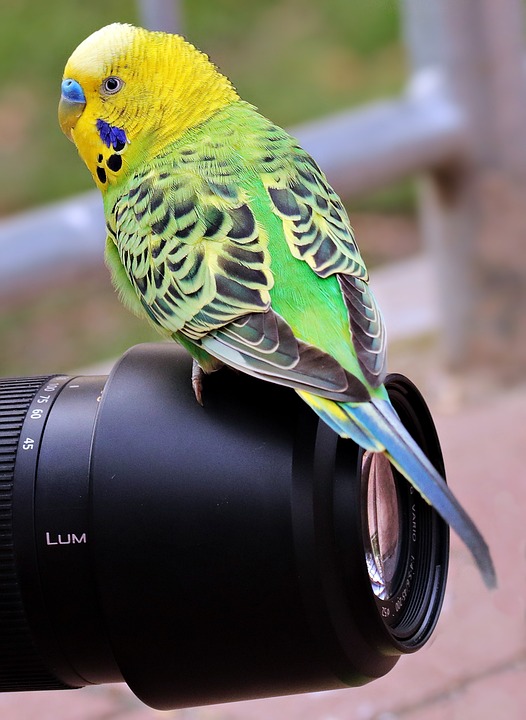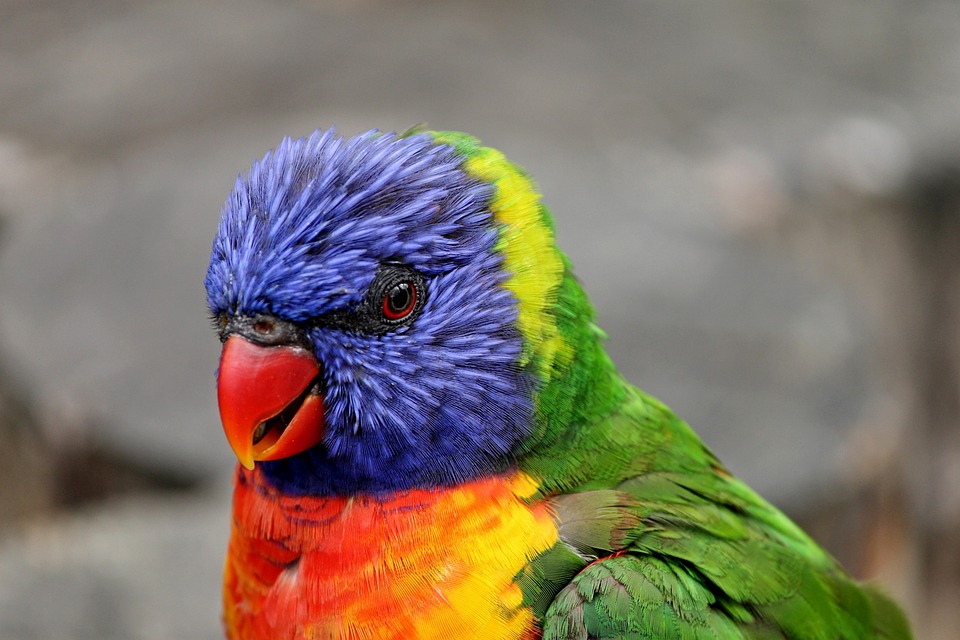Title: How to Discourage Parrots from Excessive Squawking during Training Sessions
Introduction
Parrots are intelligent and vocal creatures that often express themselves through squawking. While this behavior is natural, excessive squawking during training sessions can be distracting and hinder the progress of training. In this article, we will explore effective techniques to discourage parrots from excessive squawking, ensuring a more focused and productive training experience.
Understanding the Reasons Behind Squawking
Before we delve into the methods to discourage squawking, it is essential to comprehend the underlying reasons behind this behavior. Understanding the motivations will enable us to tackle the issue more effectively.
Common Reasons for Excessive Squawking
1. Boredom and Attention-seeking
2. Fear or Anxiety
3. Hormonal Changes
4. Mimicking Environment or Other Birds
5. Frustration or Discomfort
Techniques to Discourage Squawking during Training Sessions
Now that we have identified the potential reasons for squawking, let’s explore some practical strategies to discourage excessive squawking during training sessions.
1. Create a Calm and Stimulating Environment
– Provide an enriched environment with appropriate toys and perches to prevent boredom.
– Ensure the training area is free from distractions and loud noises.
– Use soft background music or white noise to create a soothing atmosphere.
2. Positive Reinforcement
– Use positive reinforcement techniques, such as offering treats or praise, to reward desired behaviors.
– Ignore or redirect attention away from undesired squawking behavior.
– Consistency is key – reward and reinforce good behavior consistently.
3. Understand Body Language
– Develop an understanding of your parrot’s body language to identify signs of stress or anxiety.
– Recognize when your parrot is becoming overwhelmed during training and take a break to alleviate any potential triggers.
4. Gradual Exposure to Triggers
– If your parrot squawks excessively in response to specific triggers, gradually expose them to these triggers in a controlled manner.
– Start with minimal exposure and gradually increase the intensity, providing positive reinforcement for calm behavior.
5. Provide Mental and Physical Stimulation
– Engage your parrot in activities that stimulate their mind, such as puzzle toys or foraging activities.
– Regular physical exercise can help channel their energy, reducing the inclination to squawk excessively.
Frequently Asked Questions (FAQs)
Q1: Can I use punishment to discourage excessive squawking?
It is generally not recommended to use punishment as it can lead to increased anxiety and potentially worsen the squawking behavior. Focus on positive reinforcement techniques instead.
Q2: How long does it take to see results when discouraging squawking?
The timeframe varies depending on the parrot’s individual behavior and temperament. Consistency, patience, and understanding are essential. Results may be seen within a few weeks, but it can take longer for some parrots.
Q3: Should I cover the cage during training sessions to reduce squawking?
Covering the cage during training sessions may help minimize distractions, but it is essential to gradually introduce this practice. Abruptly covering the cage may cause additional stress to the parrot.
Q4: Are there any specific training techniques to address squawking behaviors?
Training techniques, such as target training and teaching the “quiet” command, can be effective in addressing squawking behaviors. Seek guidance from an experienced avian behaviorist or trainer for personalized advice.
Conclusion
Discouraging excessive squawking during parrot training sessions requires patience, understanding, and a tailored approach. By creating a calm environment, using positive reinforcement, and addressing the underlying reasons behind the squawking behavior, you can foster a more focused and successful training experience for both you and your parrot. Remember, every parrot is unique, so it may take some trial and error to find the most effective methods for your feathered companion.


